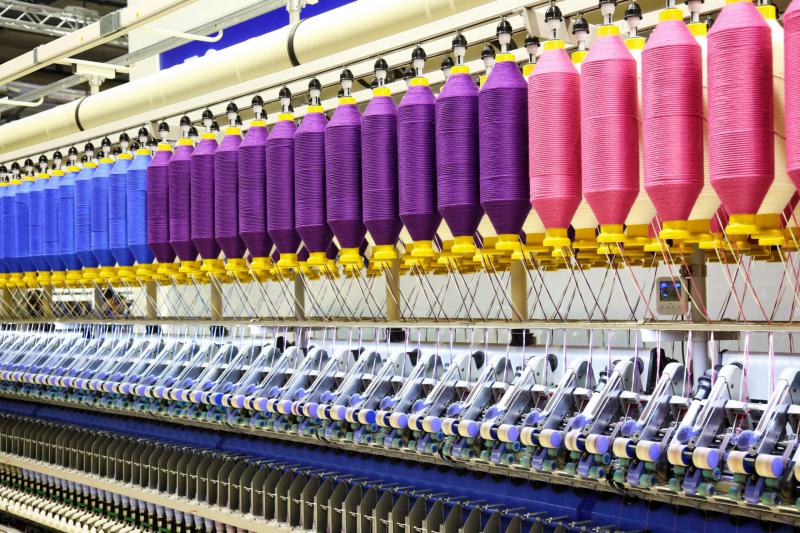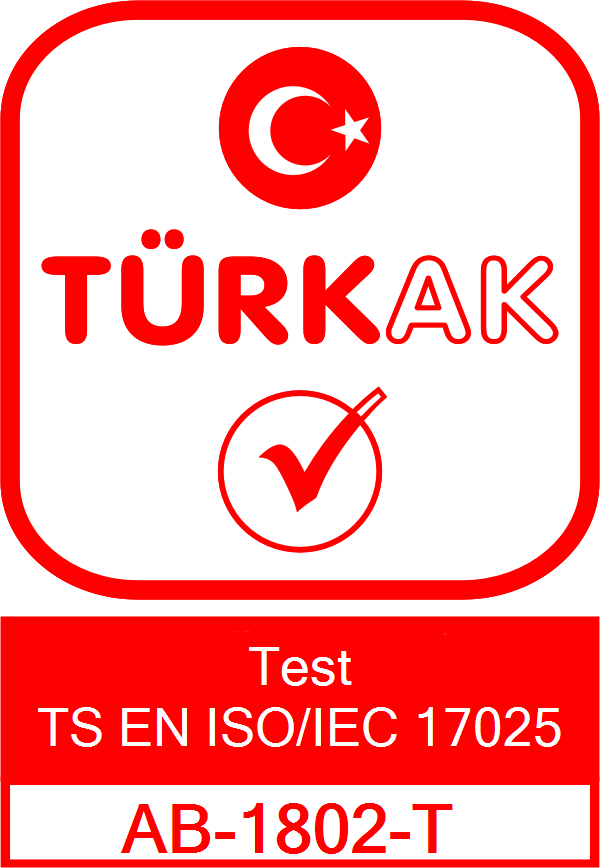
Determination of Zinc Pyrithione in Articles Treated with Biocidal Product
Determination of Zinc Pyrithione in Articles Treated with Biocidal Product
Contents
Zinc pyrithione (or zinc pyrithione) is an antimicrobial agent often used in shampoo, soap, and other personal care products, as well as a variety of biocidal products. It can also be applied on various materials such as fabric, paint and plastic. Detection (analysis) methods are required to measure how effective zinc pyrithione is in such applications.
The determination of zinc pyrithione usually consists of several basic steps such as:
1. **Sample Preparation**: The material to be analyzed (eg fabric treated with biocidal product) is extracted in a suitable solution.
2. **Solution Preparation**: After extraction, the solution is properly filtered and/or centrifuged.
3. **Determination of Concentration**: Analytical methods such as spectrophotometric, chromatographic or titration are generally used to determine the concentration of zinc pyrithione.
4. **Data Analysis and Interpretation**: The data obtained are analyzed to determine the concentration of zinc pyrithione. The results can provide a basis for evaluating the antimicrobial efficacy of the product.
Such analyzes are important to evaluate the efficacy and safety of the product, to support quality control processes and to ensure compliance with legal regulations. Analyzes are usually performed in accordance with certain standards and protocols. For example, there may be a specific ISO, ASTM or EN standard for zinc pyrithione, which provides a basis for appropriate analysis methods and acceptable tolerance levels.

